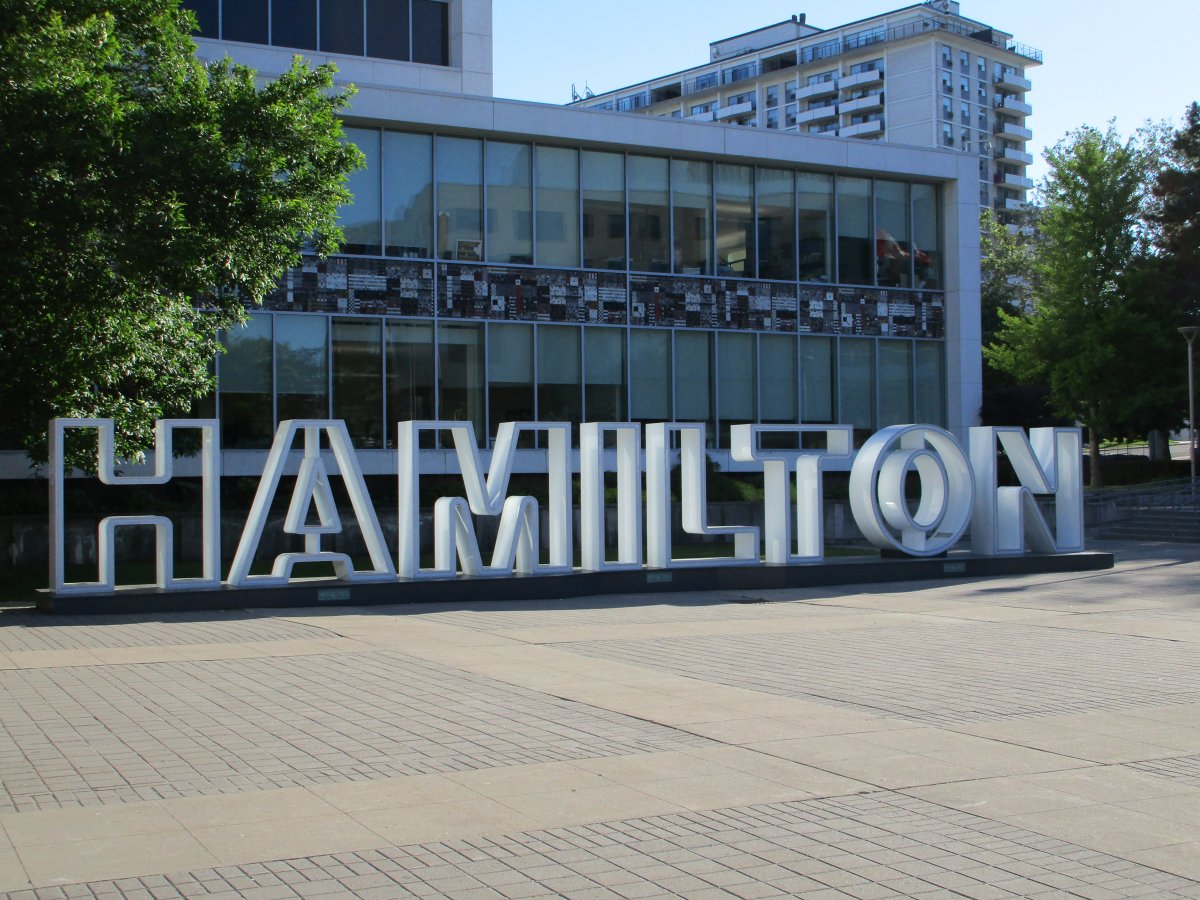Although largely symbolic, the City of Hamilton passed a motion Monday declaring an “affordability crisis” in the city.

The edict was presented by Ward 14’s Mike Spadafora and positioned as a way to try to get more funding from the provincial and federal governments for everything from social services to infrastructure.
“When I did run (for council) in Ward 14, affordability was a priority and it’s going to continue that way,” said Spadafora. “I need my residents to understand that I hear them on a daily basis.”
The declaration followed an annual tax presentation from the city’s finance division, which ranked Hamilton’s tax burden as “high” compared to 30 cities with similar populations across Ontario.
Combined with data from a “tax competitiveness study” study, which rates how each Ontario municipality stacks up against each other, the city’s finance department suggests the tax burden on residents in Hamilton is moving in the opposite direction the division would like to see it go.
The data revealed a combined bill of water and property taxes represents about 5.3 per cent of the average local household income of $111,000 — the second highest such percentage among towns and cities across the Greater Toronto Area.

Get daily National news
Only Oshawa had higher, about 5.5 per cent.
General manager of finance, Mike Zegarac told a general issues committee Monday that between 2015 and 2021 the city’s tax burden on a single detached residence had been improving moving from a 17.5 per cent increase to just a 9.4 per cent surge in the last year.
However, he says it has since eroded moving up 12 per cent in 2022 and just short of 12.4 per cent in growth as of the end of 2023.
Hamilton’s residential property taxes represented a burden of 4.56 per cent of the average local household income, a decrease from 2022 where residential property taxes represented 4.73 per cent.
Currently, a household taking in the city’s annual average income of $111,188 will hand over $5,064 of that in residential taxes.
He alerted councillors that adding $80 million in the 2024 budget towards housing and homelessness, due to provincial development costs moving from builders to taxpayers, will further affect the study’s numbers next year.
In 2023, the city was the third highest investor in housing and homelessness across the province, two times the average of comparators in the study.
- N.B. votes 2024: Higgs loses own riding as PCs take devastating election blow
- ‘A moment of brief joy’: New Brunswick Liberal win may not alleviate Trudeau’s woes
- Trudeau resignation would be in Canada’s best interest: Liberal MP
- Ex-B.C. premier Christy Clark wants to be part of ‘conversation’ if Trudeau resigns
Additionally, new costs for social services, like investments for long-term care facilities and child care, that the city hasn’t traditionally funded through municipal taxes will also shift report numbers for 2024.
“So those are examples of services that should not be funded from property taxes,” Zegarac said. “As well, provincial policy has an impact in terms of the split between residential and non-residential tax.”
Zegarac said 88 per cent of the city’s revenue intake is coming via residential taxes with about 12 per cent from non-residential entities tied to industry and commercial businesses.
He says that’s relatively unchanged since 2015 when the “split” was 87 per cent residential to 13 per cent over the last nine years putting Hamilton “middle of the pack” among the 98 Ontario municipalities in the comparative metric.
“We want to keep moving that split in favor of growing the non-residential,” Zegarac explained.
He says growth in the non-residential part of the “split” has still been favorable between 2020 and 2023 due to the success of city strategies around managing infrastructure and servicing.
Zegarac said the city would need to see $980 million more in “new assessment” to see “split” numbers move up one per cent.
The GM said high-density developments, particularly those earmarked for the forthcoming LRT corridor, downtown and waterfront areas, may help expenses with city services through new modern infrastructure providing better sustainability compared to sprawl and low-density builds.
“While that’s not highlighted in this report, there are other reports or sources of information that highlight where there is greater density and mixed-use, what those communities report is a more cost-effective manner or way of delivering services,” Zegarac said.








Comments